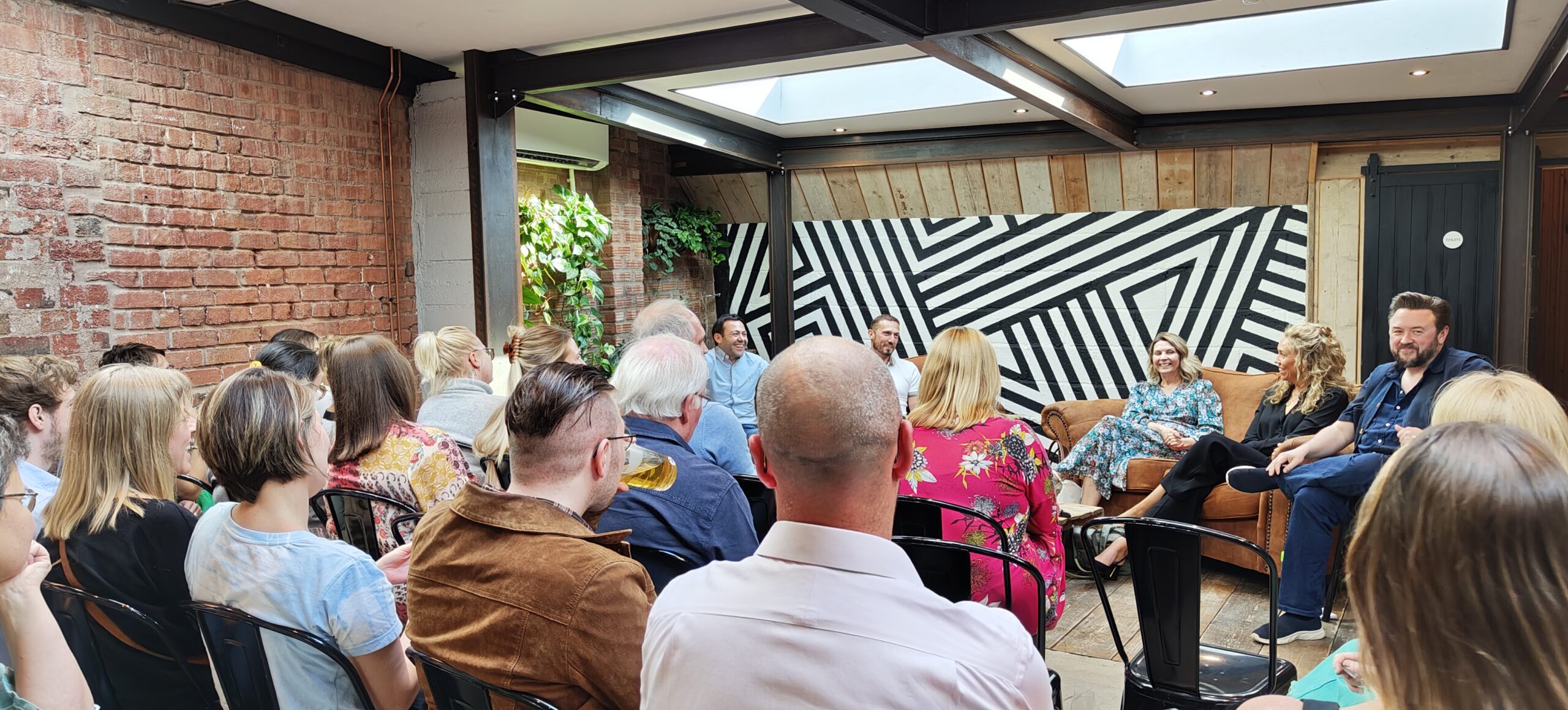We generally see five internal barriers to innovation. Use the indicators below to audit your organisation and decide if you’re getting in your own way:
1. There’s no culture of innovation coming from the top
When bonuses are paid based on short-term commercial performance, it becomes extremely difficult to innovate. Leadership inevitably backs safe bets with the shortest possible route to a positive ROI.
ADVICE & REMEDY: Find out what evidence C-Suite and Senior leaders need to back longer-term innovation.
2. Decisions on innovation are influenced by poor previous experiences
The more disruptive the innovation, typically, the longer it takes to deliver financial success. Often projects aren’t backed long enough to see a positive financial return.
Remember that disruptive innovation is very different from incremental and sustaining innovation. Returns are significant and nearly immediate when dealing with incremental and sustaining innovation.
ADVICE & REMEDY: Don’t kill disruptive innovation projects too quickly. Recognise that they are different beasts and measure success with different metrics and KPIs, like innovation equity with customers or retailers. Also, ensure that you have enough incremental and sustaining innovation projects in your design strategy to fund disruptive projects.
Read more about how to define the three types of innovation >
3. Lack of internal buy-in and support from key stakeholders
Successful innovation requires alignment from all stakeholders.
ADVICE & REMEDY: Procurement, marketing, production, R&D, and C-Suite all need to buy in for an innovative product to succeed. Yet each of these stakeholders’ needs, wants, and expectations are very different.
Marketing may want a benefits-led pitch, while R&D wants to see technical drawings, and commercial teams want success stories from similar categories. Adapt your approach for your audience.
4. A team that lacks structure
When the same team tries to focus on step, sustaining, and disruptive innovation, they’re likely to fail. The short-term regeneration work always takes priority, and the skill sets required to deliver short-term and long-term innovation are very different.
ADVICE & REMEDY: Recognise that your team will need different people with different focuses to deliver step, sustaining, and disruptive innovation. They can’t do it all and deliver on both.
5. The internal capabilities trap
Creativity sometimes gets stifled by a lack of in-house capabilities. Teams struggle to generate ideas outside of what’s been done before, and beyond the expected industry solution.
ADVICE & REMEDY: Fresh eyes bring new perspectives. The best advice we can give is to collaborate with external partners, who can utilise your existing skills and experience, but deliver fresh new ideas on a flexible basis.
If you need advice, Kristo is always happy to jump on a call and discuss in more detail. Book your call or follow Kristo on LinkedIn for regular insights directly to your newsfeed.





